Electromods are not to everyone's taste, it would be fair to say.
Take this Land Rover Defender: shorn of all its traditional drivetrain hardware - driveshafts, transfer cases, engine, differential locks - is it even a Defender at all any more?
Yet this is an electromod with a difference because it previews some very real and very relevant technology that could transform electric cars in particular and vehicle design more generally.
The Defender 110 conversion is the work of the Farnham-based Bedeo Group, which comprises battery maker and electric vehicle integration specialist Bedeo and electric motor maker Protean Electric.
But it's the Protean part of this story that's most intriguing, as four of the firm's in-wheel motors are fitted to this Defender-based rolling technological showcase.
The perceived primary benefit of such motors is the far more precise control of each wheel they ofter, and that's true of them here in this Defender. Yet those benefits are secondary in the long run, as in-wheel motors pave the way for a revolution in architecture design.
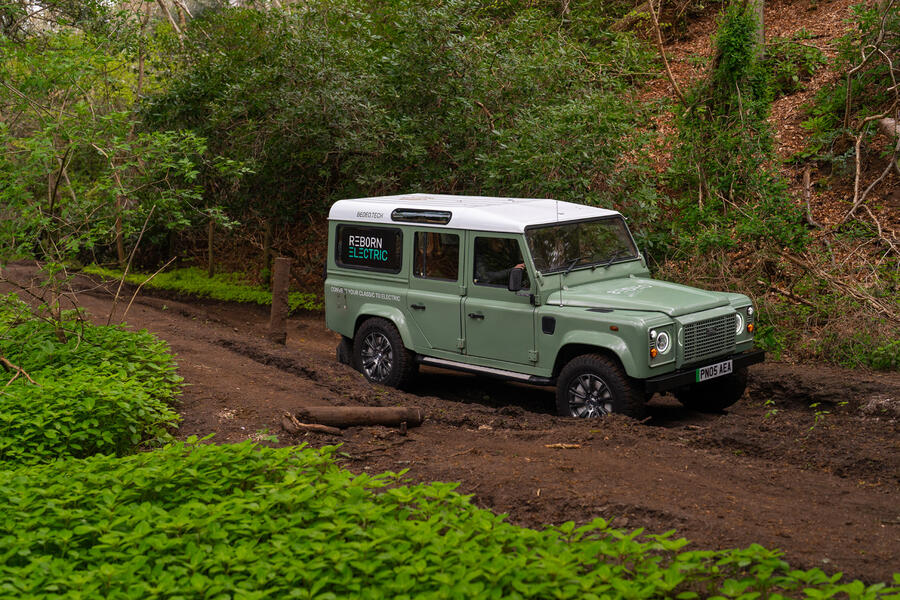
They would allow car makers to do away with axles, driveshafts and subframes, in turn reducing overall mass and therefore cost because smaller batteries can be fitted and packaged in such a way that needn't make the EV so tall. Put simply, in-wheel motors help cars get lighter, smaller and cheaper.
The only telltale sign of the revolution here is behind the 18in wheels of this Defender. What looks like a fancy wheel design is actually the motor, which houses the inverter in the same unit.
Each motor produces 80bhp and 479lb ft, but software limits power and torque to below 50% of those outputs, lest the Defender becomes undrivable. Still, the 0-62mph time is a very respectable 10.0sec and the top speed is 80mph.
The 75kWh battery is fitted between the chassis rails where some of the original running gear was stripped out. The quoted range is 153 miles, and a standard 22KW charger is fitted with a 50kW fast charger optional.
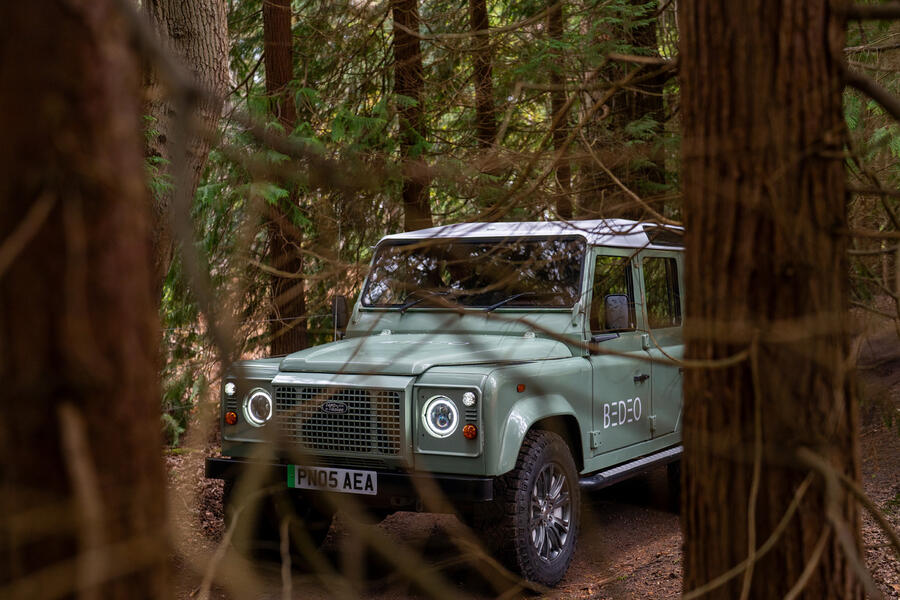

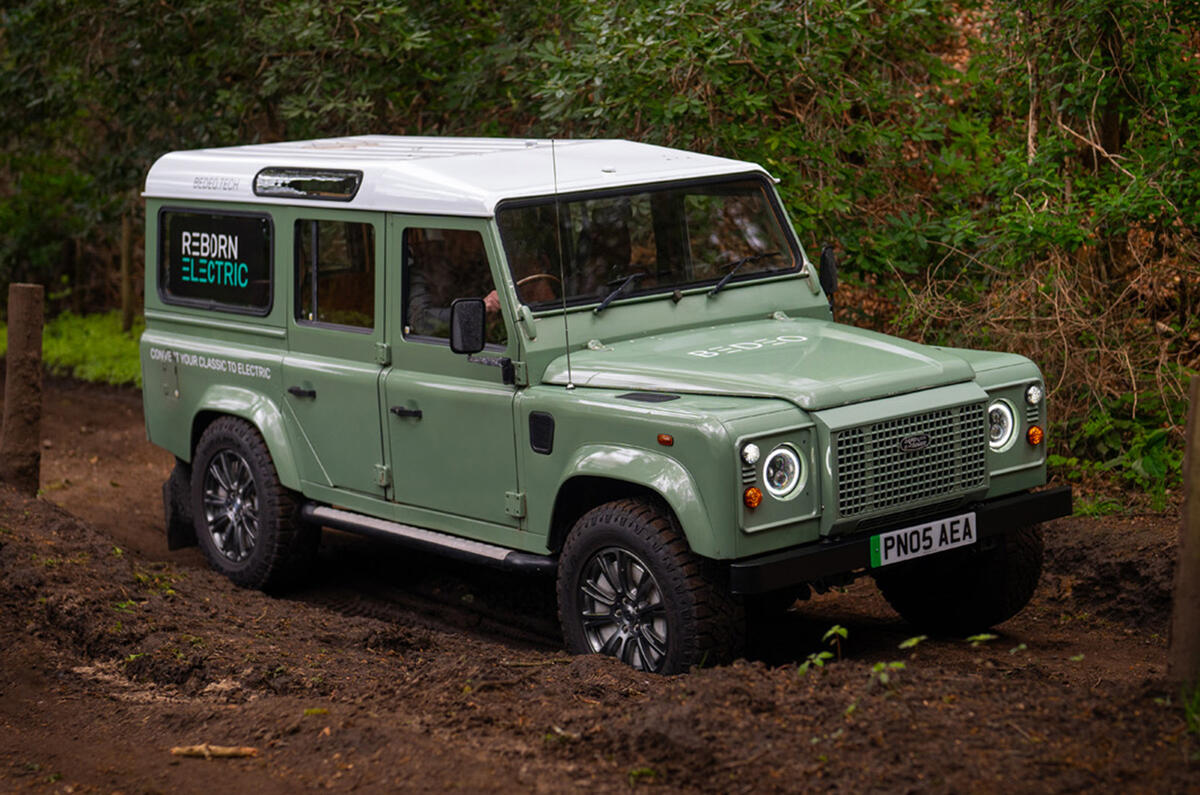

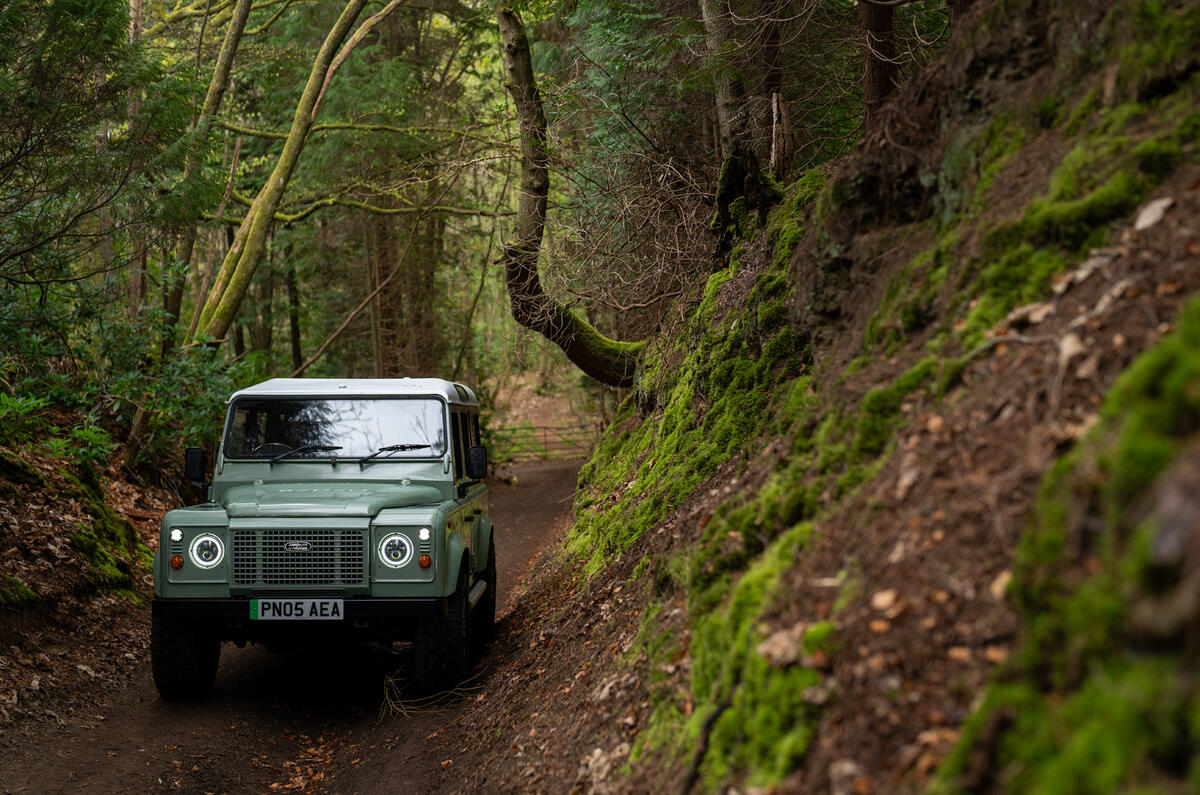
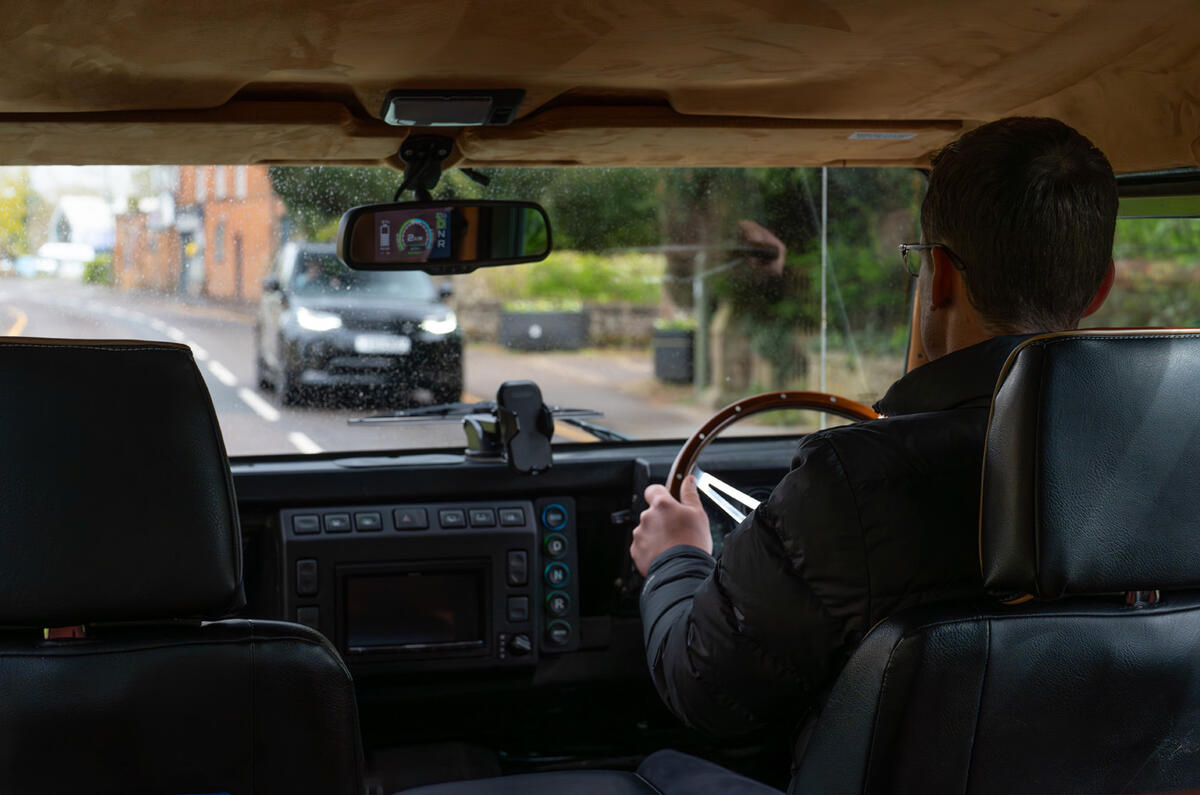
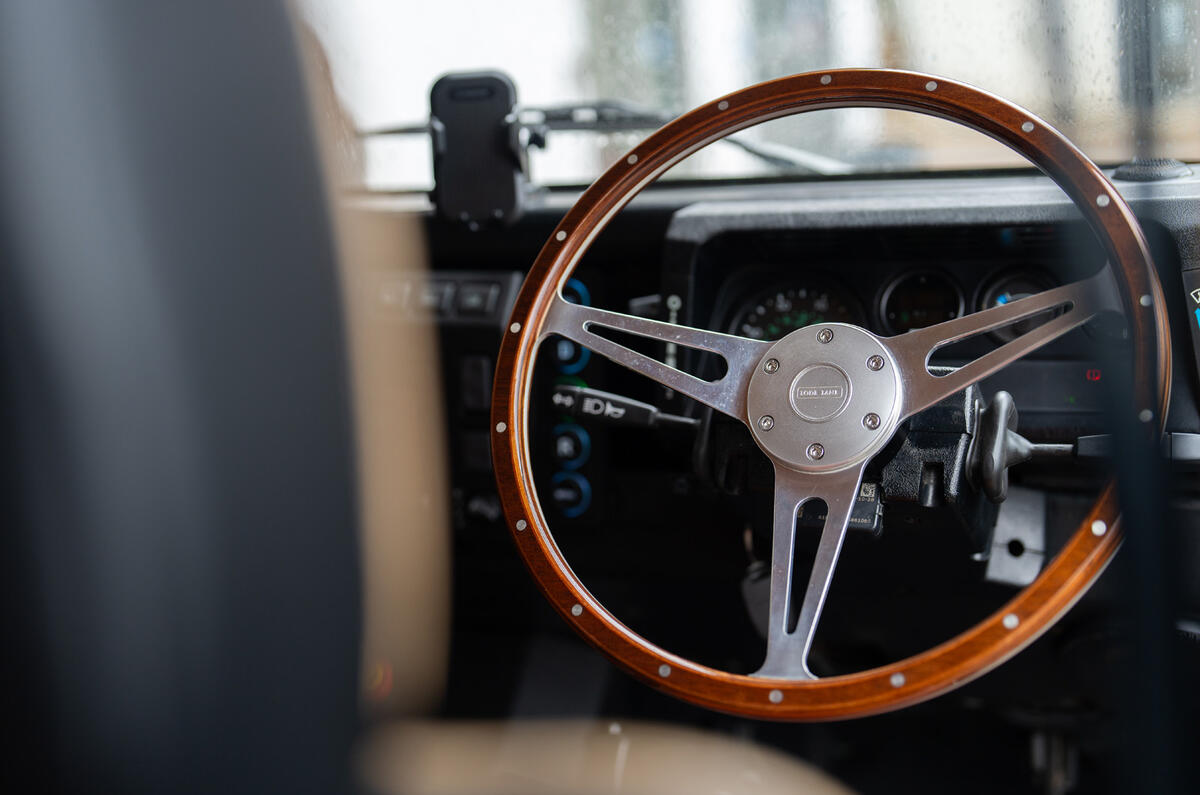
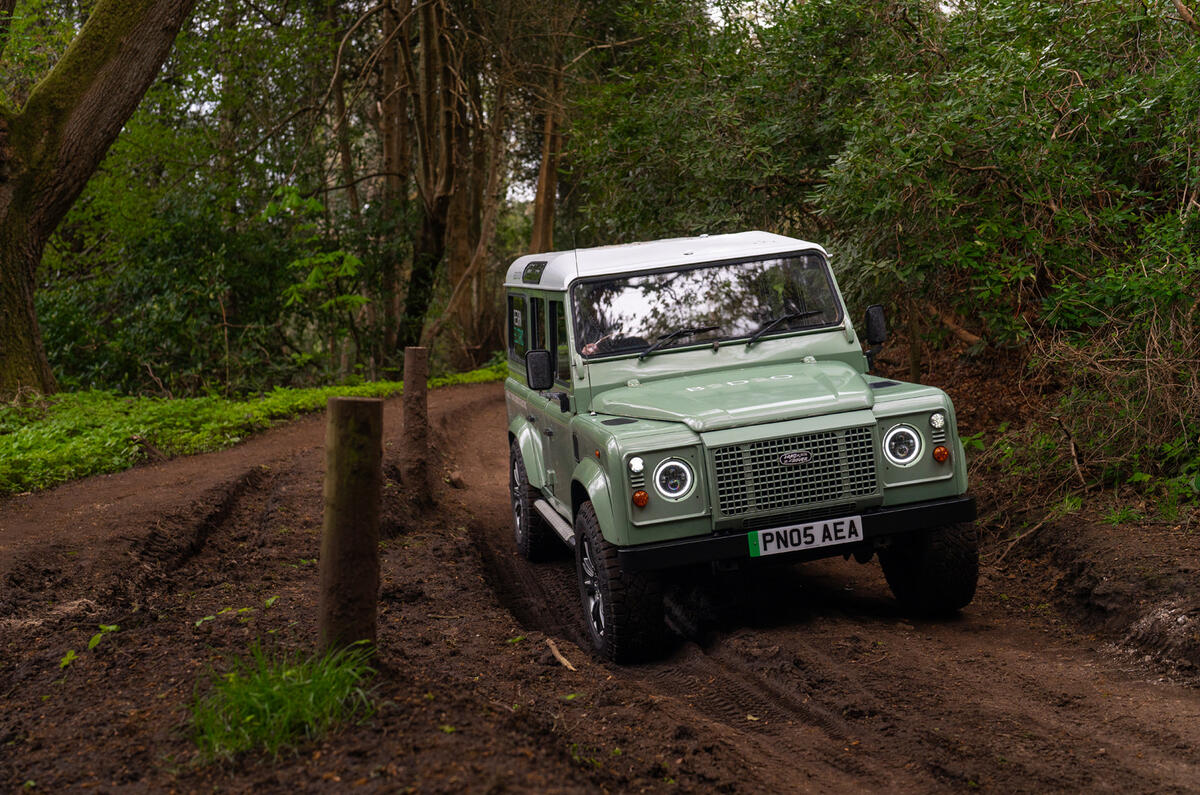


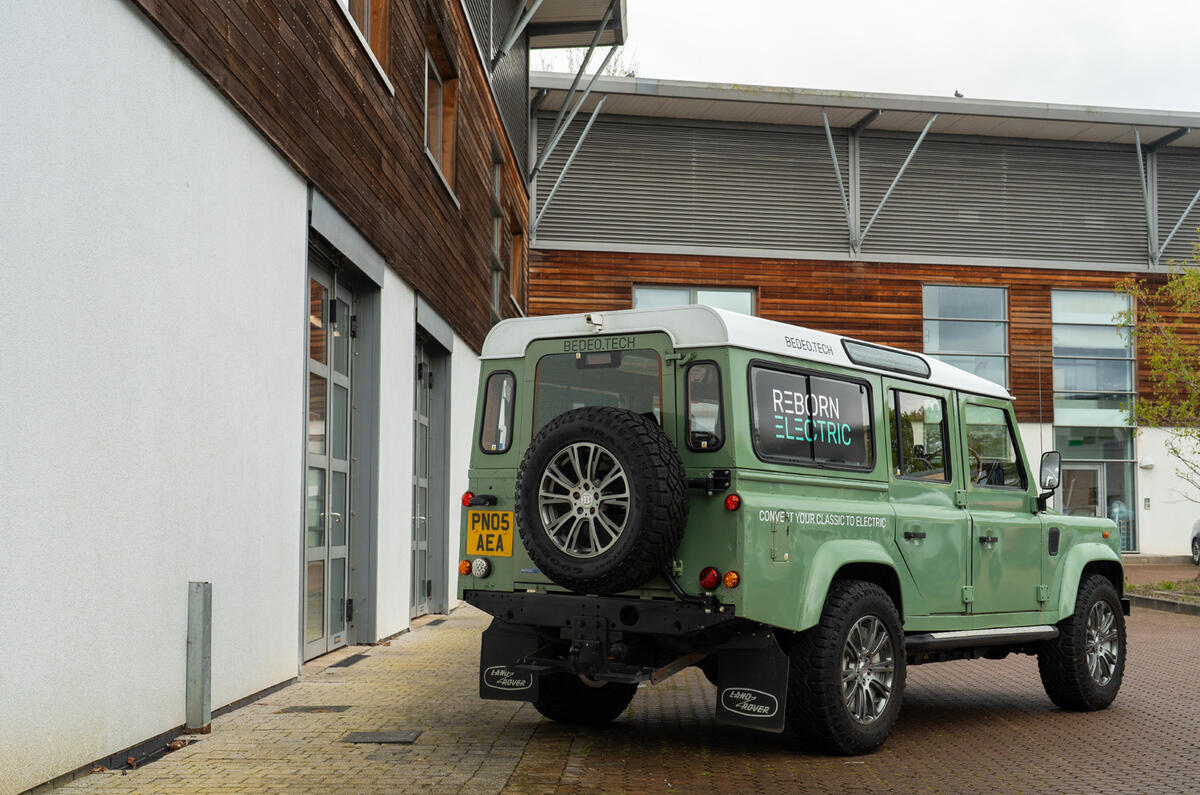
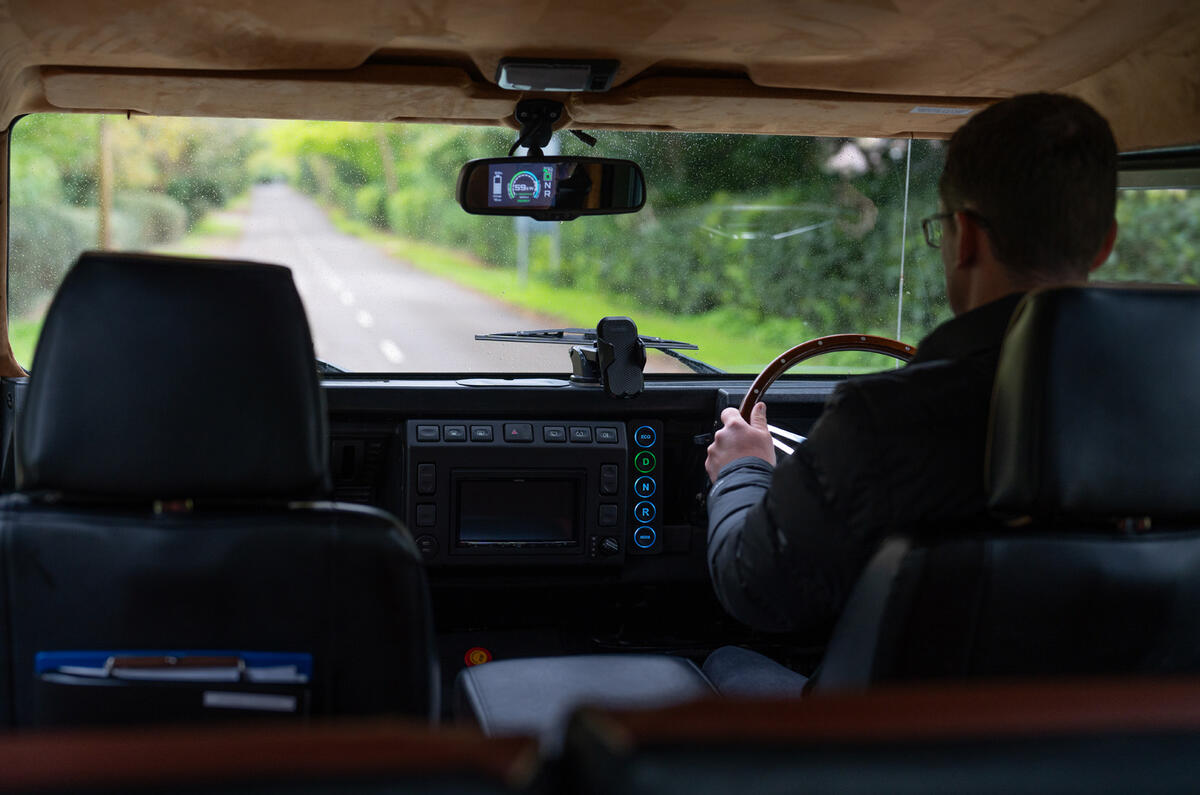
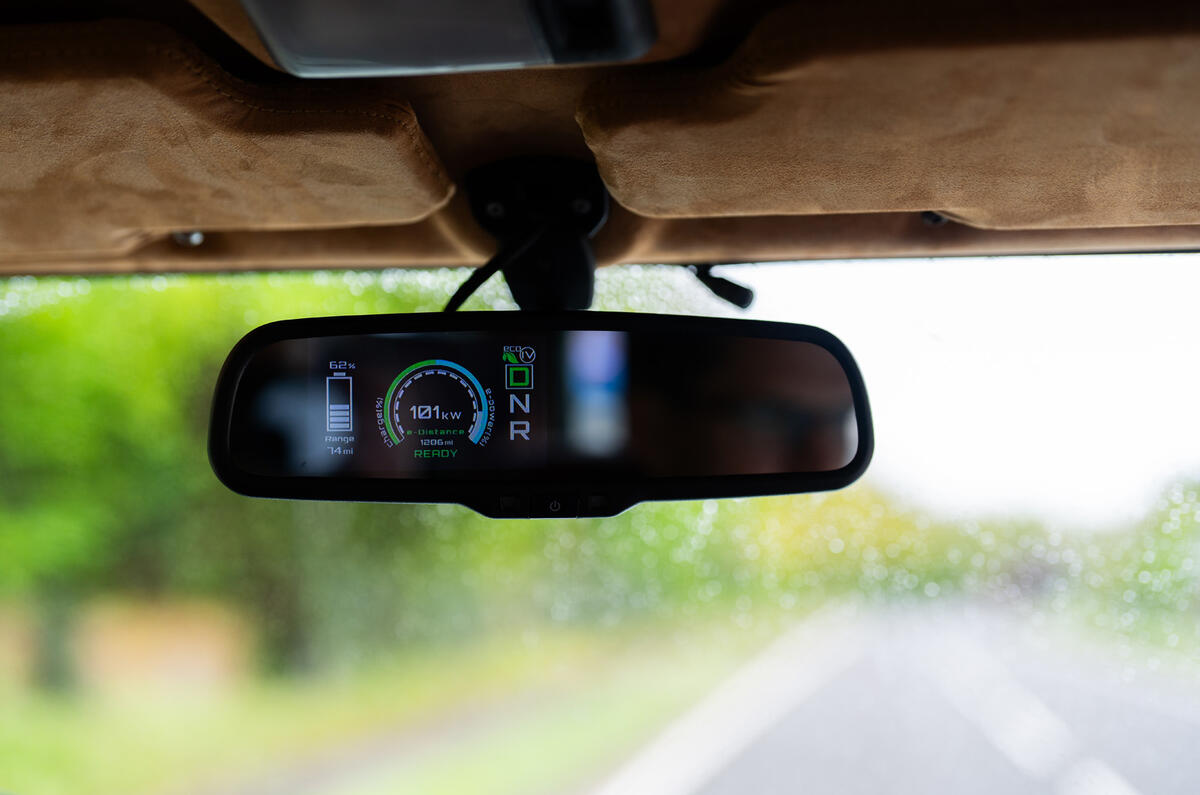
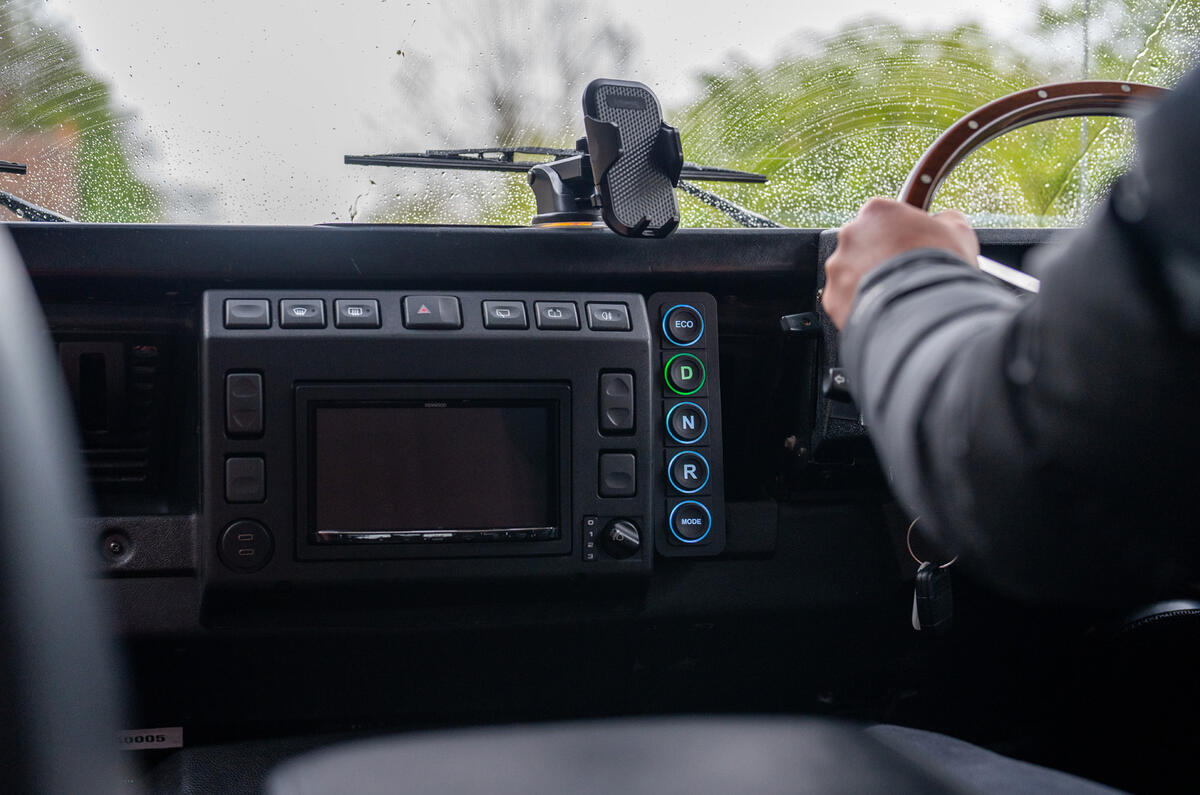

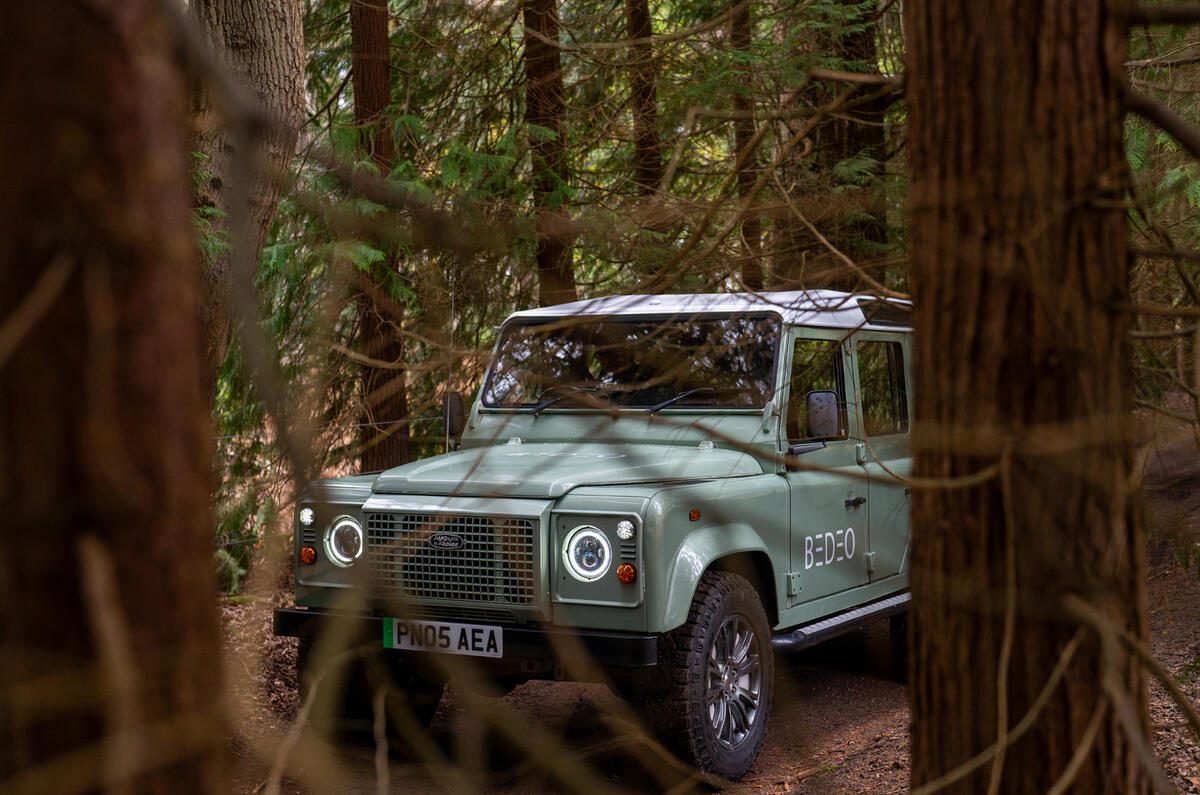

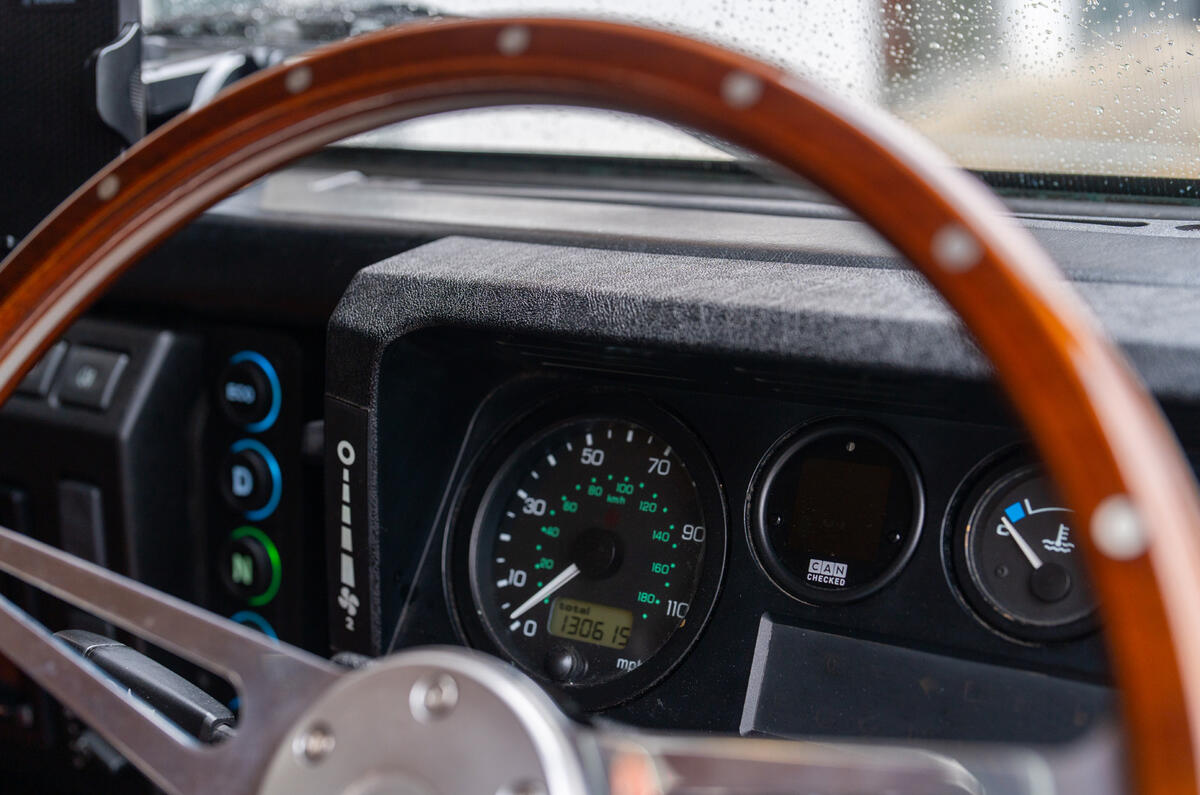



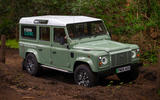



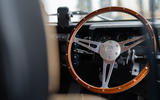





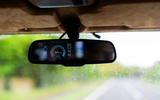
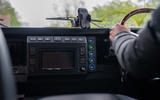



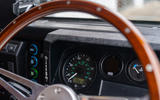
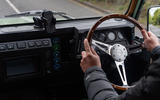



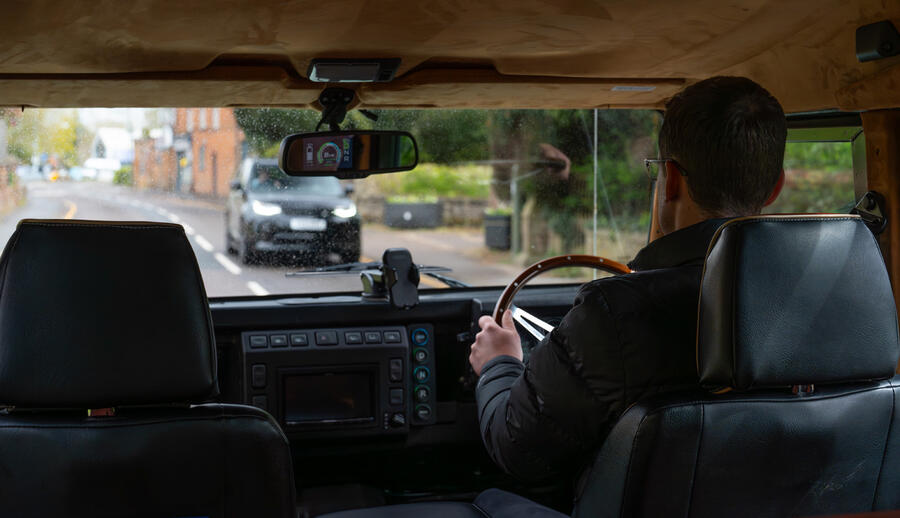
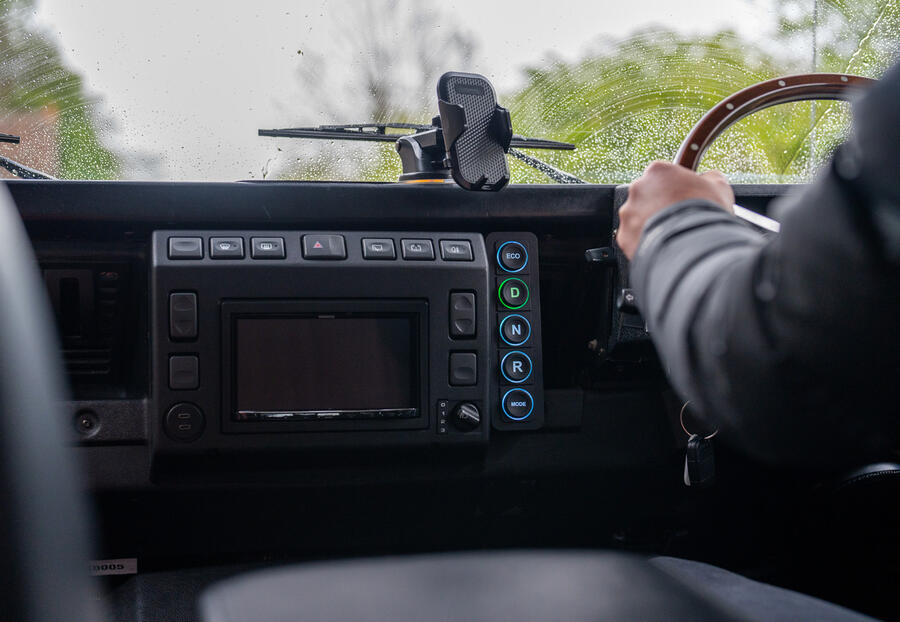






Join the debate
Add your comment
Just here to correct the mistake that lower weight would allow a smaller battery by being more efficient. It's not true - because EVs can recuperate most of the energy using regen braking, weight actually makes much less difference to the efficiency than it does in a ICE car. Aero is the real enemy - which the defender isn't renowned for.
If you really want to manage with a smaller battery then you need an slippery, long shape with a small frontal area. See the Mercedes EQXX for an example.
Emmm, few minor advantages yet so many disadvantages. You need one motor to drive each wheel, cost, massive un spung weight increase, thick electric cable being constantly reshaped several inches every few seconds, electric motors feeling the direct effect of pot holes I could go on.
Bit touchy. This is a car forum if you don't like other peoples opinion then I suggest you come up a reasoned reply OR stay away from comments section.